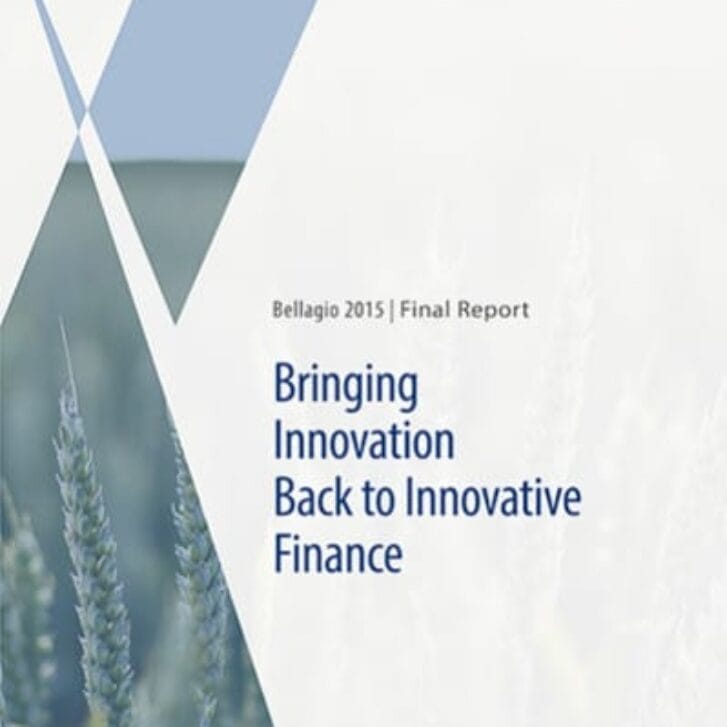Last week, ABC News released a column by Ted Schwartz, a certified financial planner, called “How Impact Investing Can Earn Returns, Peace of Mind.” At Wharton Social Impact Initiative (WSII), we were pleased that such a mainstream news outlet had taken interest in the topic.
Advocates claim impact investing expands the traditional bottom line by including a positive social or environmental impact. Skeptics are intrigued but dubious, questioning the feasibility and scalability of impact investing for financial and social returns.
It’s little wonder that impact investing is a hot topic of conversation and study at Wharton these days. Students oversubscribed Wharton’s first-ever course focused on impact investing in each of its three sections in 2013, and the Wharton Social Venture Fund is one of the most sought-after student programs in the school. The topic—both a promise and a puzzle—sits squarely at the intersection of Wharton’s renowned financial expertise and its commitment to social impact.
At Wharton Social Impact Initiative, we are excited to launch our first formal programs and activities on impact investing. But first:
What is Impact Investing?
In impact investing, investors actively seek a positive, measurable social or environmental impact alongside a financial return. These types of investments span across asset classes and occur in both emerging and developed markets.
The impact investing industry owes its history to a host of philanthropic and investment practices.
For instance, many foundations and individual philanthropists believe they can achieve their social missions by including both below- and market-rate investments alongside their traditional grant-making.
Additionally, mainstream practices like socially responsible investing (SRI) and environment, social and government (ESG) screens have for years offered investors ways to reduce the negative effects certain types of investments would otherwise produce.
What differentiates impact investing from the practices above is that investors intentionally seek a social return in addition to the traditional bottom line. With impact investing, it’s not about a “do no harm” approach but rather actively seeking specific, measurable social impact. For example, where SRI funds might screen out fossil fuels, an impact investor might back a bio-fuel technology.
Impact investing is emerging as a potential tool for tackling some of the world’s most complex and enduring social problems, yet researchers are just now beginning to take a closer look. Despite increased awareness around impact investing, many mainstream investors still consider the industry a niche activity for specialized players.
Editor’s note: This story was originally published on the WSII blog on Feb. 21, 2014. For the full post, visit: http://socialimpact.wharton.upenn.edu/general-news/closer-look-impact-investing/


























